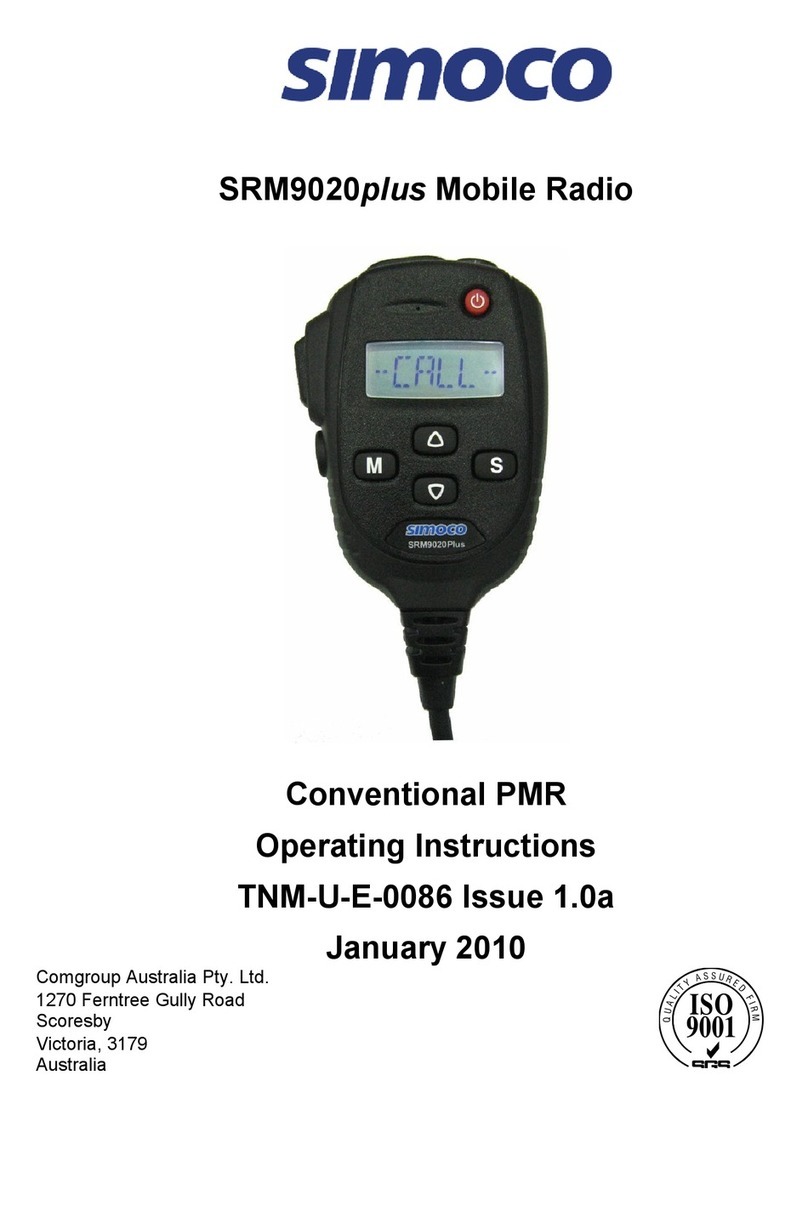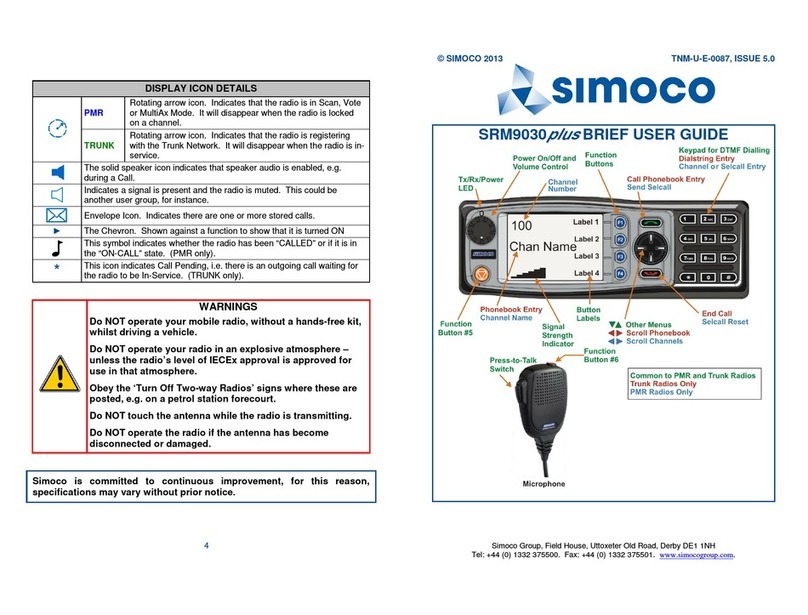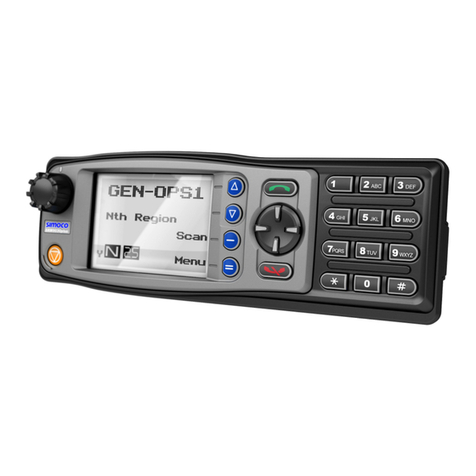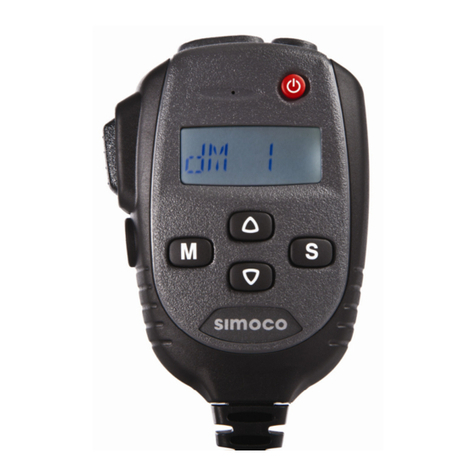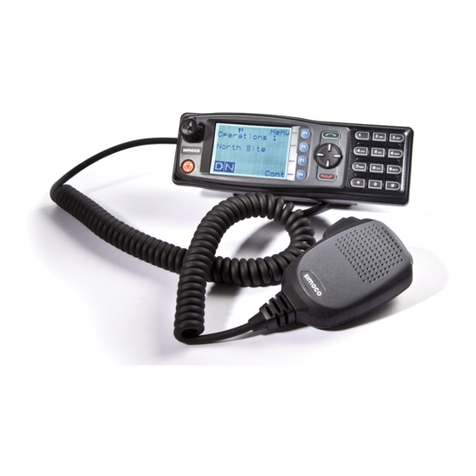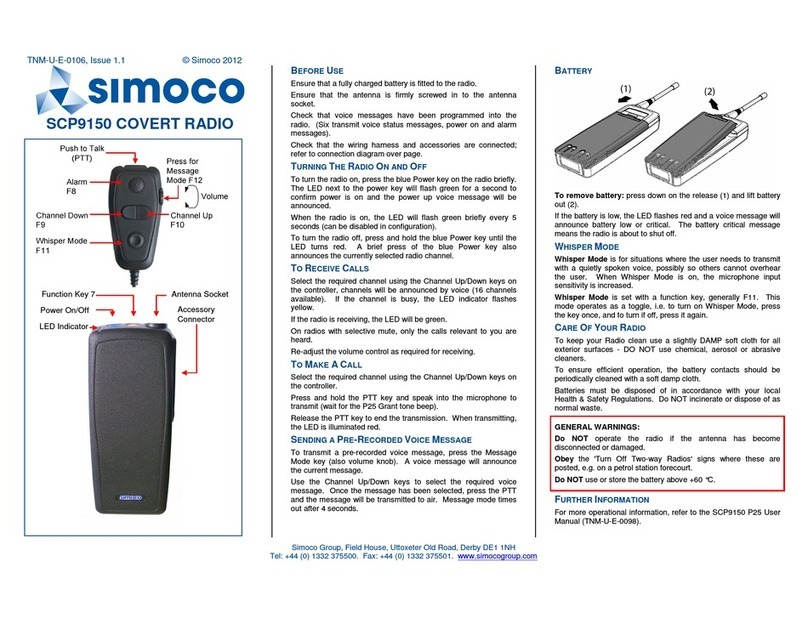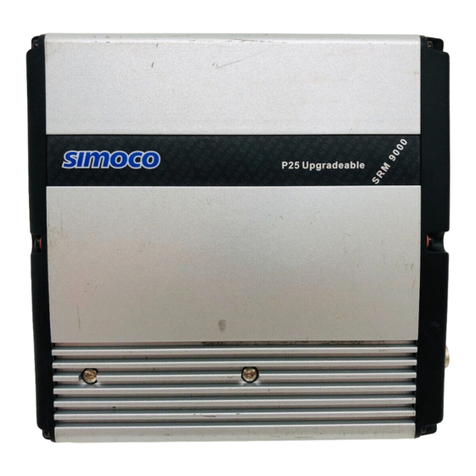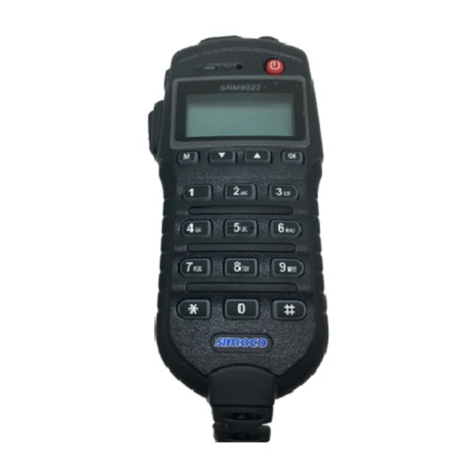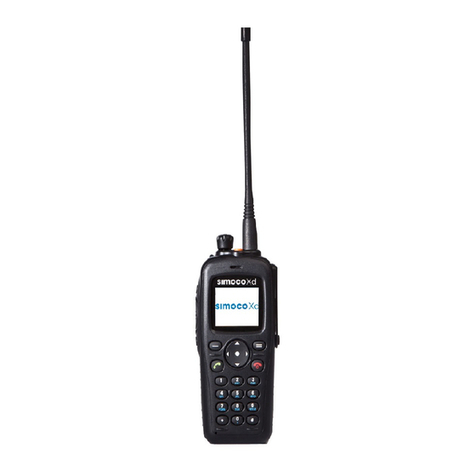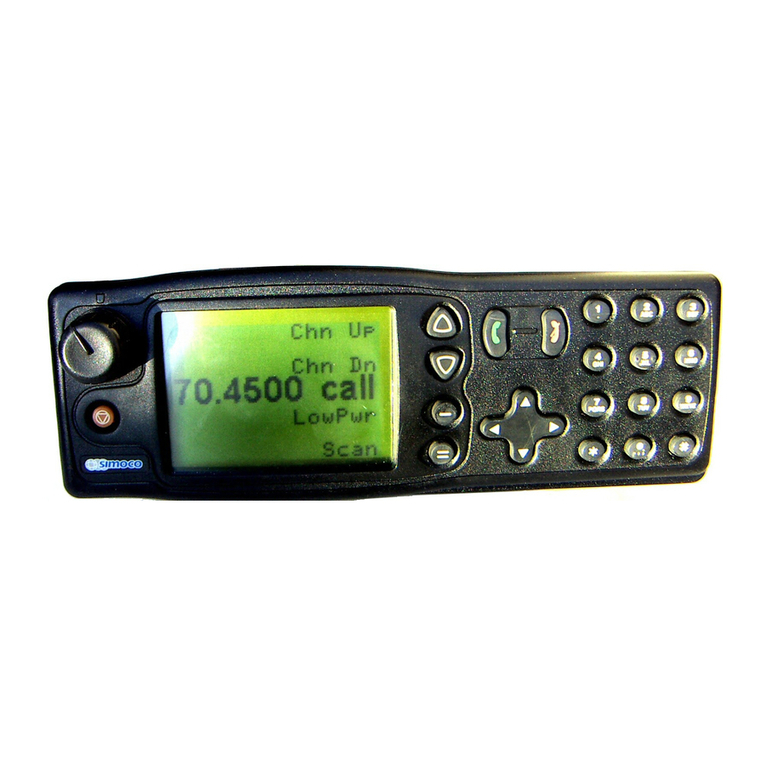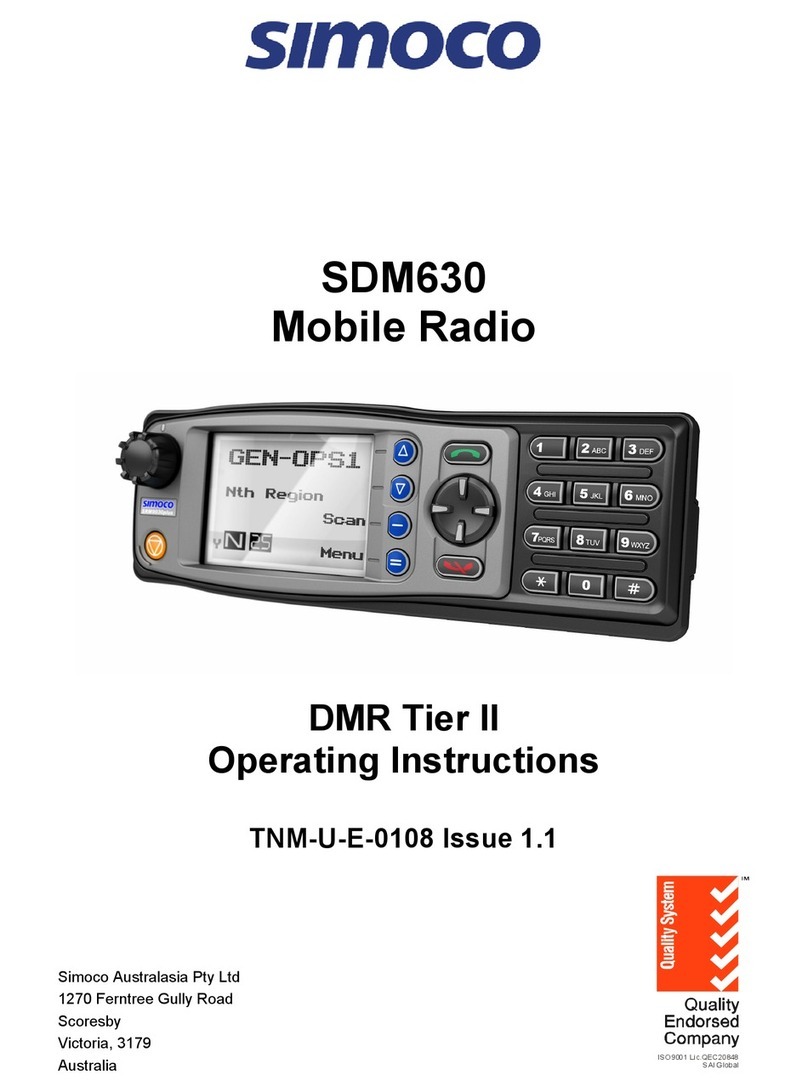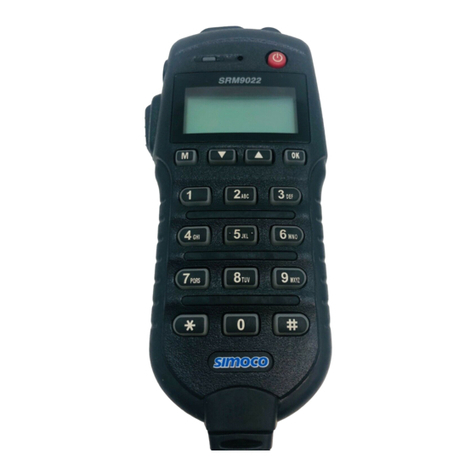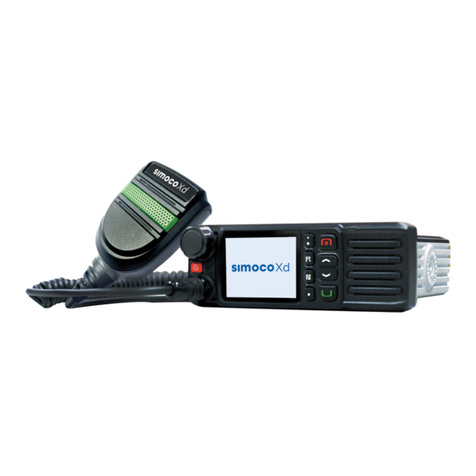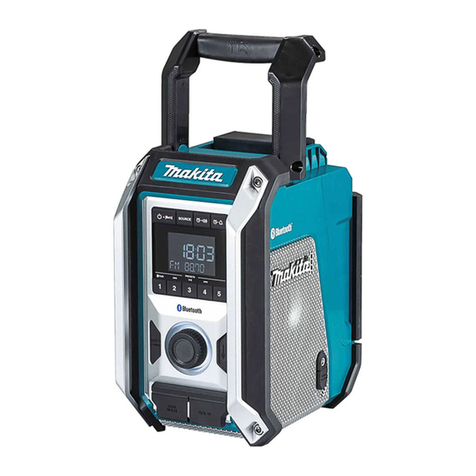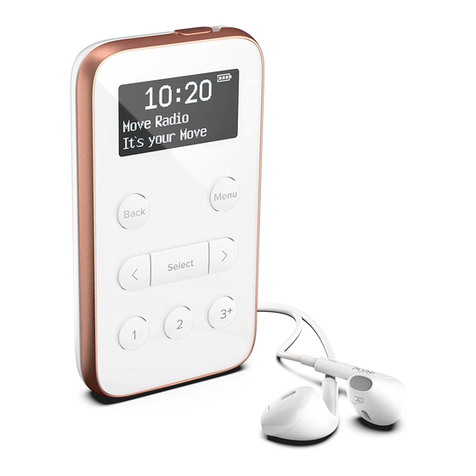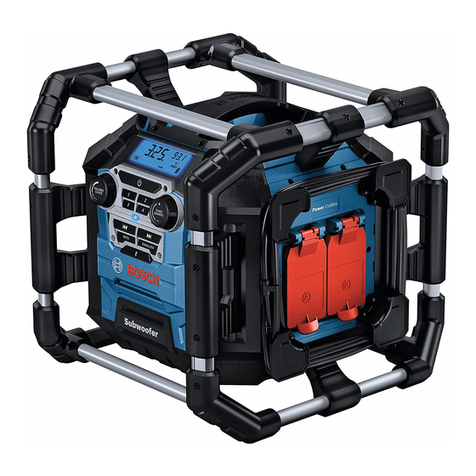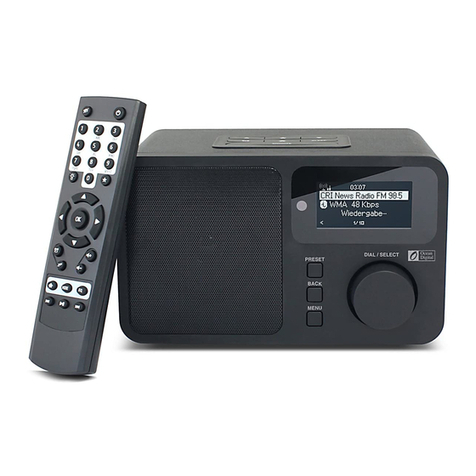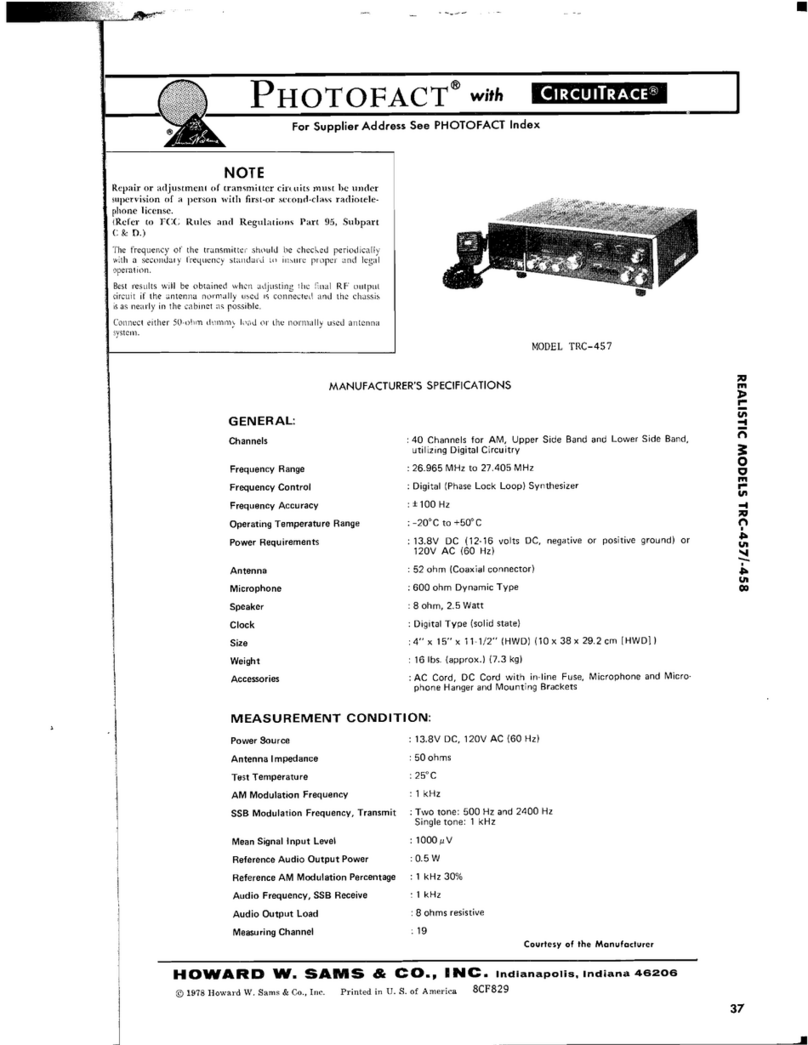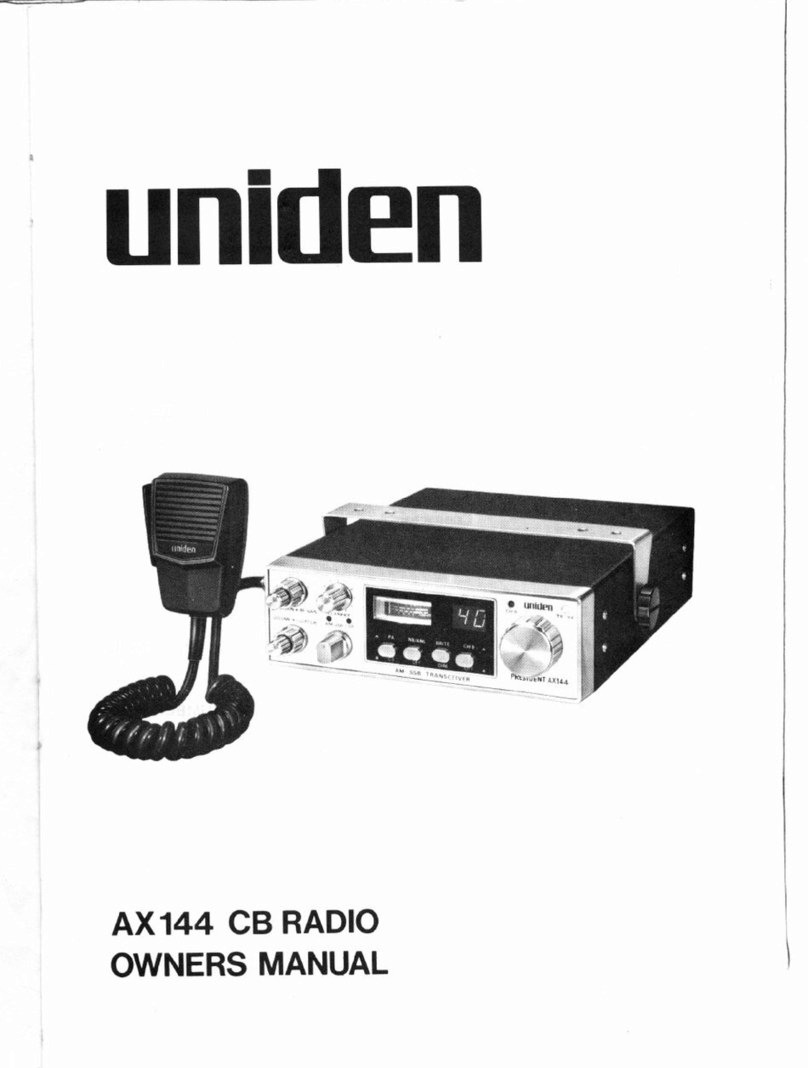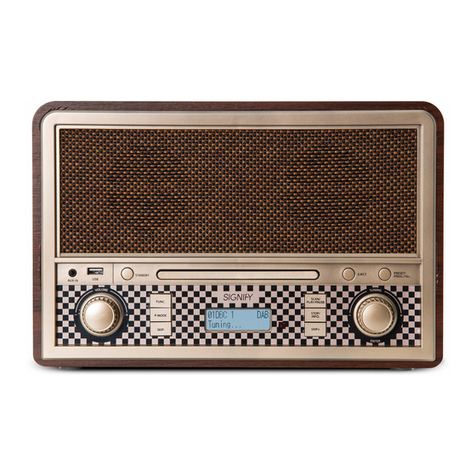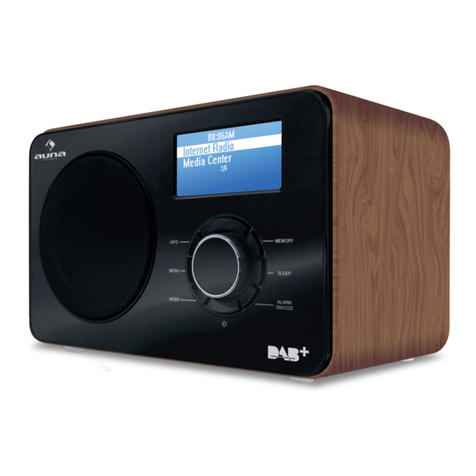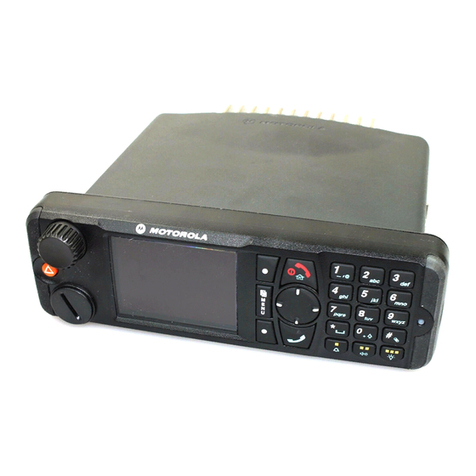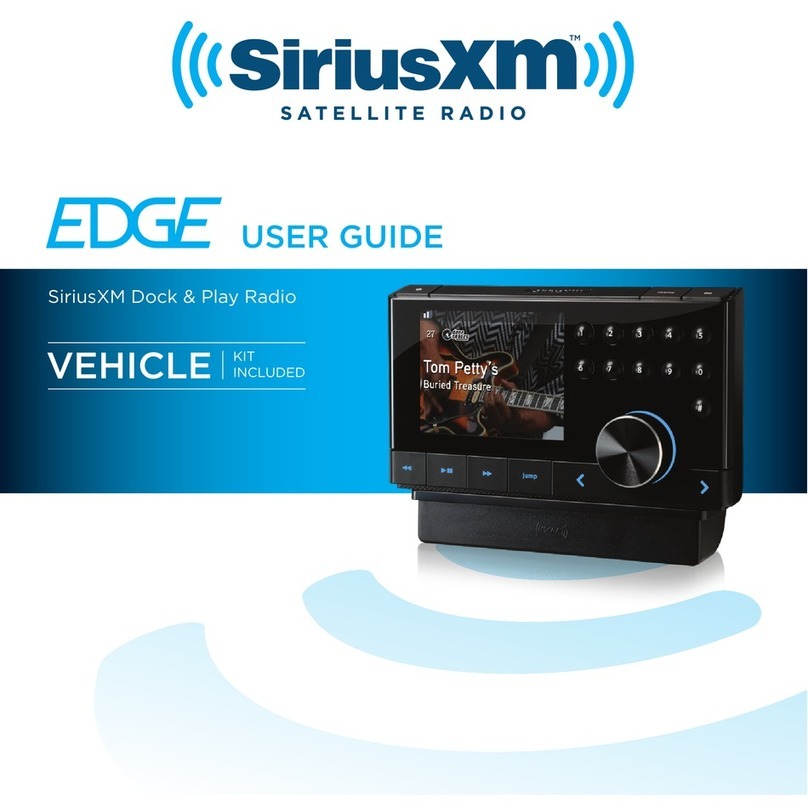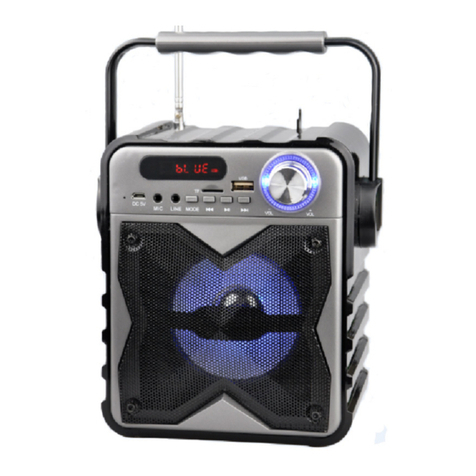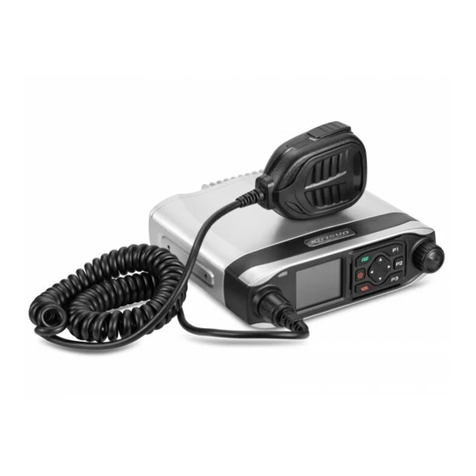
PREFACE
DECLARATION
This User Manual covers the Digital Mobile Radio (DMR) Operating Instructions for the
SDM630 Portable Radio Transceiver.
Any performance figures quoted are subject to normal manufacturing and service
tolerances. The right is reserved to alter the equipment described in this manual in the
light of future technical development.
Changes or modifications not expressly approved by the party responsible for
compliance could void the user’s authority to operate the equipment.
COPYRIGHT
All information contained in this document is the property of Simoco Wireless
Solutions All rights are reserved. This document may not, in whole or in part, be
copied, photocopied, reproduced, translated, stored, or reduced to any electronic
medium or machine-readable form, without prior written permission from Simoco
Wireless Solutions.
COMPUTER SOFTWARE COPYRIGHTS
The AMBE+2TM voice coding Technology embodied in this product is protected by
intellectual property rights including patent rights, copyrights and trade secrets of
Digital Voice Systems, Inc. This voice coding Technology is licensed solely for use
within this Communications Equipment. The user of this Technology is explicitly
prohibited from attempting to extract, remove, decompile, reverse engineer, or
disassemble the Object Code, or in any other way convert the Object Code into a
human-readable form. U.S. Patent Nos. #6,912,495 B2, #6,199,037 B1, #5,870,405,
#5,826,222, #5,754,974, #5,701,390, #5,715,365, #5,649,050, #5,630,011,
#5,581,656, #5,517,511, #5,491,772, #5,247,579, #5,226,084 and #5,195,166.
DISCLAIMER
There are no warranties extended or granted by this document. Simoco Wireless
Solutions accepts no responsibility for damage arising from use of the information
contained in the document or of the equipment and software it describes. It is the
responsibility of the user to ensure that use of such information, equipment and
software complies with the laws, rules and regulations of the applicable jurisdictions.
EQUIPMENT AND MANUAL UPDATES
In the interests of improving the performance, reliability or servicing of the equipment,
Simoco Wireless Solutions reserve the right to update the equipment or this document
or both without prior notice.
Doc Number: TNM--U-E-0108 ISSUE 1.5 Page 3
